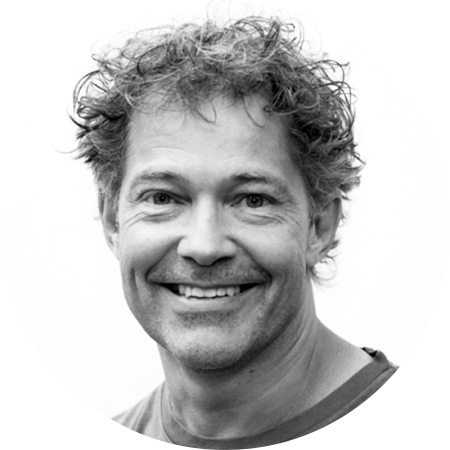High SPL Monitoring: The Facts

The highest non-professional sound levels we encounter on a regular basis may easily exceed 110 dB SPL. Normally, that is not a health concern, provided integrated sound pressure per day (8 hours) is kept below 80 dB(A) for an adult and 75 dB(A) for a child. Apart from the first 200 ms of sudden excessive exposure, reflexes cause muscles in the middle ear to reduce gain by 20 dB, thereby protecting sensitive receptors in the cochlea; unless the high exposure lasts for two minutes or longer, at which point muscles start to fatigue.
Professional monitoring is all about neutral and reliable reproduction, including the need to present transients as they really are. For production revolving around real-world sounds, monitors must consequently be able to mirror reality within reasonable limits. While content may be characterised by its peak-to-average, peak-to-loudness or peak-to-speech ratio, the term “headroom” describes the complementary quality of a system, for instance an active monitor.
High SPL monitoring is needed to meet a “natural headroom” requirement, and overall level demands increase with listening distance. Loudspeakers made for other purposes, for instance PA or live use, may be able to output a high sound level, but they were designed to satisfy a listener rather than just serving them ‘the facts’. Therefore, such devices often include dynamic changes of gain, frequency response, crossover frequencies, phase, delay and so on. A good monitor, however, does not modify the sound before it has to, for self-preservation; at the same time indicating that its limit has been reached, and a listening experience is no longer trustworthy.
For two applications in particular, high headroom monitoring is essential: when mastering, and for the production of drama in immersive formats, aimed at cinema or premium home entertainment channels such as Netflix or HBO.
Listening level and system headroom was already specified by SMPTE, ATSC, EBU and NHK; but Dolby recently also made ATMOS production guidelines for premium home entertainment clearer by publishing a dedicated DARDT design tool for such environments. With this new calculator, monitoring may be specified in advance for a wide range of room sizes, based on channel count, listening distance and monitor model. Both DARDT versions include a number of Genelec models, covering tiny immersive rooms through to large mix stages, and they provide a more realistic estimate of genre-specific headroom than our own, conservative, general datasheets.
Still, be sure to observe the long-term sound levels stated earlier, and detailed in our previous “Dangerous Decibels” blog post. Exposure tends to go up by 3 dB each time the number of loudspeakers in a room is doubled, so immersive installations, even with innocent-looking small monitors, should be operated with extra caution. To get an indication of your working sound exposure level, consider using our GLM application or a phone app during the course of a day or a week. Certain apps have logging functions, and the phone’s built-in microphone can be calibrated to a degree using GLM or a reliable, good quality SPL meter.
About the Author

Thomas is one of the fathers of the loudness and peak-level measurement standards used widely from music production over streaming and broadcast to OTT. Perception has been at the centre of his professional life, working first as a physician and then in pro audio research. Thomas has written a number of papers; he is senior technologist at Genelec, and is the convenor of an EU expert group tasked with the prevention of recreational hearing loss.
